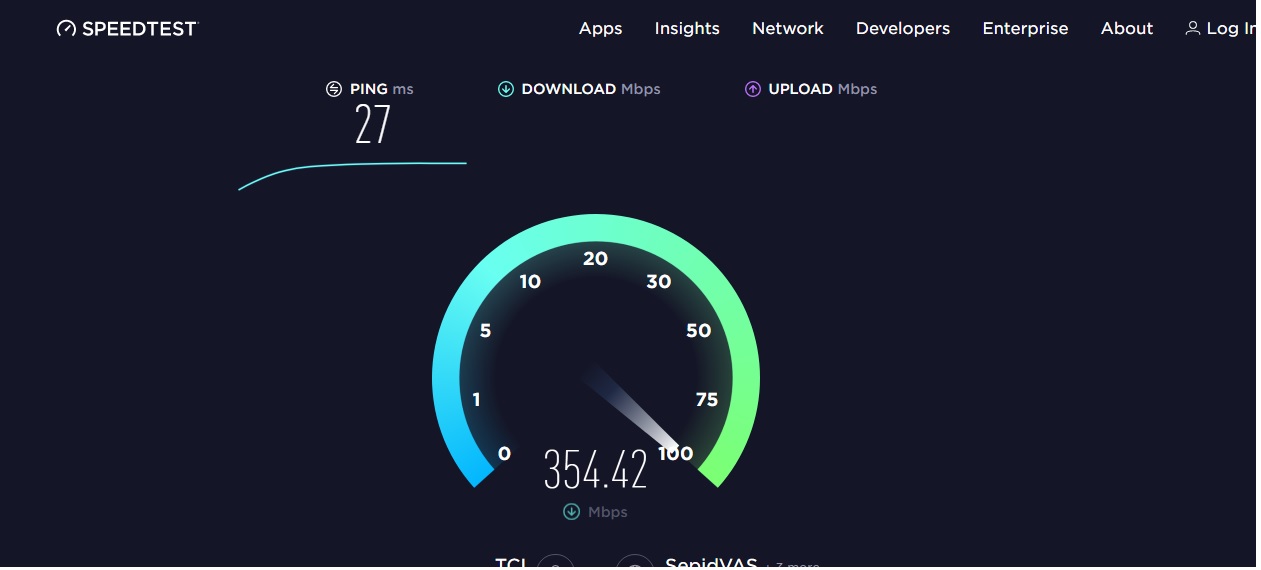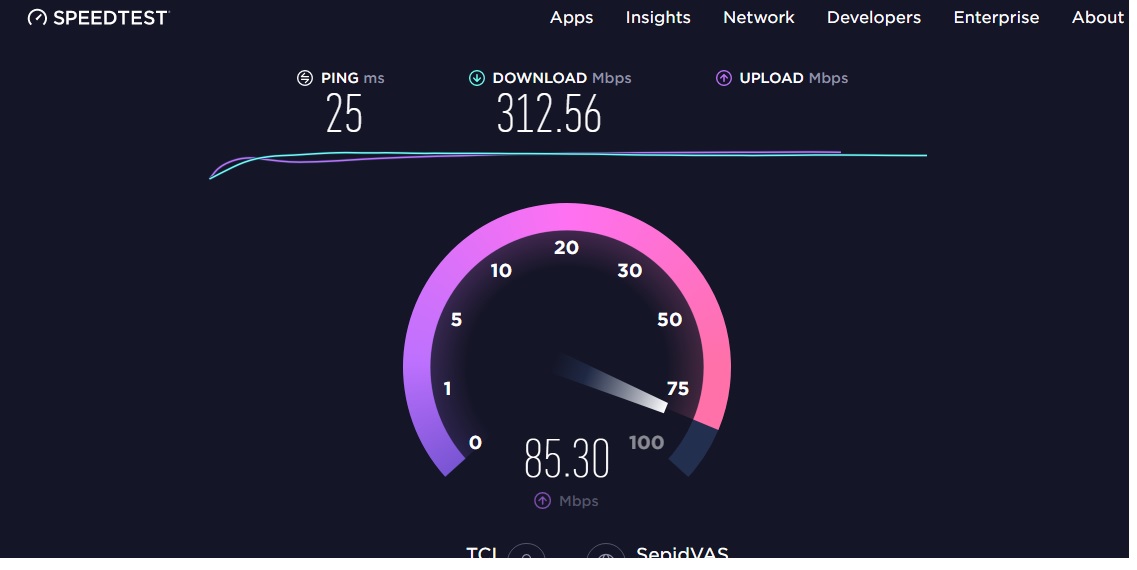I folks .... I have not posted here for a LONG time .... but here goes. So.... I just did battle with a (I guess currently unnamed) optical internet provider .... ultimately cancelled my installation - but many questions were left. As usual, the provider was completely unable to give me any reasonable technical answers other than basically "is it plugged in". Frustrating.
I know basically nothing about optical networking, except for what I have been able to research over the last few days, and like I said, I have some unanswered questions that the provider was totally unable to answer, so I am trying you folks. So, I am aware of the various protocols over the fiber (EPON, GPON, XGS-PON, etc), but my questions, I believe, really have nothing to do with those protocols. It is my understanding that, whatever provider you use, THEY will supply (and interface with) a .... call it a terminator .... for their fiber that sits at their POP in the house. Most of the time this widget is called an Optical Network Terminal (ONT). Also, at least to my understanding, the ONT is the widget that converts the optical protocols, to TCP/IP 100BaseT protocols that interface with the wired (or wireless) LAN.
Although it is not a perfect comparison, for cable providers, the "cable modem" converts the signals on the cable into the same TCP/IP 100BaseT protocols, and it also carries an IP address that it then passes on to the LAN gateway/router, which then acts as a DHCP server for the LAN. Pretty straightforward stuff.
Well, I guess my expectation is/was that the ONT supplied by the optical provider acted in much the same manner - i.e. the provider would interface with, update with, and assign (basically) an IP address visible on the outside network, then the ONT would execute essentially the same protocols as a cable modem on the LAN side .... so that essentially the gateway/router/firewall (which I supply and manage) is essentially "invisible" to the provider as far as configuration and management goes. also so that essentially ANY gateway/firewall I provide should be compatible with the ONT the supplier provides.
The only thing I could get out of their "tech support", and even that just by chance, was to run the "modem" they supply (which is a full fledged all-in-one gateway, firewall, switch/wireless router) as a bridge .... which seems awfully wasteful, and probably redundant if my understanding of how things work is correct.
Am I correct in this, or am I missing something?
After many tries, I just could not get an answer to this from the provider .... and we opted not to go ahead with running the optical cable with the chance the setup I wanted would not work. For my own reference though I want to know .... you never know, I might go back to them, since the claim to have a MUCH higher bandwidth than my local cable provider gives me....
I know basically nothing about optical networking, except for what I have been able to research over the last few days, and like I said, I have some unanswered questions that the provider was totally unable to answer, so I am trying you folks. So, I am aware of the various protocols over the fiber (EPON, GPON, XGS-PON, etc), but my questions, I believe, really have nothing to do with those protocols. It is my understanding that, whatever provider you use, THEY will supply (and interface with) a .... call it a terminator .... for their fiber that sits at their POP in the house. Most of the time this widget is called an Optical Network Terminal (ONT). Also, at least to my understanding, the ONT is the widget that converts the optical protocols, to TCP/IP 100BaseT protocols that interface with the wired (or wireless) LAN.
Although it is not a perfect comparison, for cable providers, the "cable modem" converts the signals on the cable into the same TCP/IP 100BaseT protocols, and it also carries an IP address that it then passes on to the LAN gateway/router, which then acts as a DHCP server for the LAN. Pretty straightforward stuff.
Well, I guess my expectation is/was that the ONT supplied by the optical provider acted in much the same manner - i.e. the provider would interface with, update with, and assign (basically) an IP address visible on the outside network, then the ONT would execute essentially the same protocols as a cable modem on the LAN side .... so that essentially the gateway/router/firewall (which I supply and manage) is essentially "invisible" to the provider as far as configuration and management goes. also so that essentially ANY gateway/firewall I provide should be compatible with the ONT the supplier provides.
The only thing I could get out of their "tech support", and even that just by chance, was to run the "modem" they supply (which is a full fledged all-in-one gateway, firewall, switch/wireless router) as a bridge .... which seems awfully wasteful, and probably redundant if my understanding of how things work is correct.
Am I correct in this, or am I missing something?
After many tries, I just could not get an answer to this from the provider .... and we opted not to go ahead with running the optical cable with the chance the setup I wanted would not work. For my own reference though I want to know .... you never know, I might go back to them, since the claim to have a MUCH higher bandwidth than my local cable provider gives me....




![img_20211028_041328[1]_mnjm.jpg](/proxy.php?image=https%3A%2F%2Fs4.uupload.ir%2Ffiles%2Fimg_20211028_041328%5B1%5D_mnjm.jpg&hash=4dcafc93f5813fea6050ac5a67df77d4)
![img_20211028_041315[1]_v3m0.jpg](/proxy.php?image=https%3A%2F%2Fs4.uupload.ir%2Ffiles%2Fimg_20211028_041315%5B1%5D_v3m0.jpg&hash=c52a09140019e2096148a9aabe3ec5c5)
![img_20211028_041333[1]_jaaf.jpg](/proxy.php?image=https%3A%2F%2Fs4.uupload.ir%2Ffiles%2Fimg_20211028_041333%5B1%5D_jaaf.jpg&hash=a0e36ee2ee74e0b6ec2fd6d061e84bb1)
